Zone 88 will be a place where I will blog about Art, History, Poetry, Religion, Music Technology, Automotives, Business and much more! Feel free to submit your personal works to me to for everyone to see! Inform, uplift & inspire is the goal! Hope you enjoy, JB_Will (Zone 88 Administrator)
Don't wanna be here? Send us removal request.
Text
Vintage Aesthetics








#vintage#vintage ads#vintage photos#photooftheday#photography#vintage posters#old tech#tech#magazine photos
10 notes
·
View notes
Text
In celebration of Black History Month, today we remember Natalie Cole on her birthday.
Artist Biography by Ron Wynn
Unforgettable: With Love
The daughter of jazz and pop legend Nat King Cole, Natalie Cole forged a successful career in three phases. She began in the '70s as a soul-rooted artist, had success in the '80s with pop-oriented R&B material, and then followed in the footsteps of her father with traditional pop as her foundation from the '90s through the early 2010s. From 1976 through 2009, she won nine Grammy Awards, including Best R&B Vocal Performance, Female ("This Will Be," 1976), Album of the Year (Unforgettable: With Love, 1992), and Best Traditional Vocal Pop Album (Still Unforgettable, 2009).
Inseparable
Cole made her stage debut at age 11 and sang in college. She met the writing and producing team of Chuck Jackson and Marvin Yancey in 1973. The next year they collaborated on some sessions that were recorded at Curtis Mayfield's Curtom studios in Chicago. These helped her land a deal with Capitol, and she teamed with Jackson/Yancey for a string of hit albums and singles from 1975 until 1983. Such LPs as Inseparable, Natalie, Thankful, Unpredictable, and I Love You So yielded five number one R&B hits between 1975 and 1977. These included "This Will Be, "Inseparable," "Our Love," and "I've Got Love on My Mind." She stayed with Capitol until 1983, then switched to Epic for her final album with the Jackson/Yancey tandem. She scored more hits with "Jump Start," "I Live for Your Love," and "Over You" in 1987, and "Pink Cadillac," a cover of a Bruce Springsteen tune, in 1988, as she eased into another stylistic shift of focus.
Take a Look
Cole fully embraced traditional pop with the 1991 LP Unforgettable: With Love, which reached number one on the Billboard album chart, sold over five million copies, and won a handful of Grammy Awards, including Record of the Year and Best Traditional Pop Performance for the title track -- a duet with her father (via his 1961 recording). She continued the trend with Take a Look in 1993, and she toured and did television specials working with a large orchestra conducted by Nelson Riddle. Holly & Ivy (1994) and Stardust (1996) both continued Cole's exploration of American pop standards. Snowfall on the Sahara and The Magic of Christmas, the latter of which was recorded with the London Symphony Orchestra, were issued at the end of the decade. Ask a Woman Who Knows (2002) and Leavin' (2006) followed for Verve. Cole then moved to Rhino for Still Unforgettable (2008), another collection of pop standards that won the Grammy for Best Traditional Pop Vocal Album. The Most Wonderful Time of the Year (2010) found Cole teamed up with the Mormon Tabernacle Choir for the sake of a Christmas special originally broadcast on PBS.
En Español
Like some of her father's late-'50s releases, En Español (2013) was an all-Spanish set. She was joined by the likes of Andrea Bocelli, Juan Luis Guerra, Arturo Sandoval, and, on "Acércate Más" ("Come Closer to Me"), her father via a 1958 version. Cole also experienced serious health problems during the new millennium, including a diagnosis of hepatitis C which she attributed to past drug use (as depicted in her 2000 autobiography, Angel on My Shoulder). In 2009 she underwent a kidney transplant, after which she continued to tour and record, but ongoing health issues forced her to cancel a number of scheduled appearances in December 2015, and on December 31 she died of congestive heart failure in Los Angeles at the age of 65. #nataliecole #blackhistorymonth



6 notes
·
View notes
Text
Mahalia Jackson singing "How I Got" right after Martin Luther King Jr. finished his "I have a dream" speech during the march on Washington in 1963
#black history#music#american history#blackhistory#history#african american history#mahalia jackson#march on washington#martinlutherkingjr#civil rights movement#civil rights
102 notes
·
View notes
Text
This is Polly Jackson from the 19th century.
She was once enslaved, but managed to escape after she could no longer take the brutal working conditions that was forced upon her since birth and well into her old age. Like many others, Polly escaped slavery via the Underground Railroad and settled in Ripley, Ohio.
She dedicated the rest of her life to helping others win their freedom by opening up her home and feeding those who either came to Ohio to settle or those who just needed some rest before continuing further up north.
During this time, anti-abolitionists had set up what was called the reverse underground railroad, which was a practice of kidnapping not only the enslaved that had managed to escape, but also those who were already free. The reverse underground railroad operated for 85 years from 1780 to 1865.
Polly would deliberately dress herself to appear as a weaker older lady in order to fool the anti-abolitionists who typically were not interested in capturing older people. Her weapon of choice was a butcher knife, which she hid under her clothes and a kettle of boiling water. Aunt Polly was able to successfully fight off several slave catchers while working along the Underground Railroad.
Source: https://ohiomemory.org/digital/collection/p267401coll32/id/14014/
#blackhistorymonth
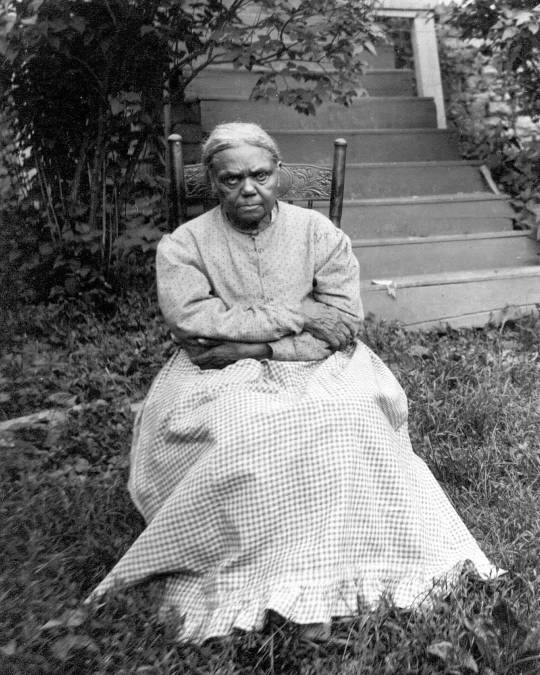
455 notes
·
View notes
Text
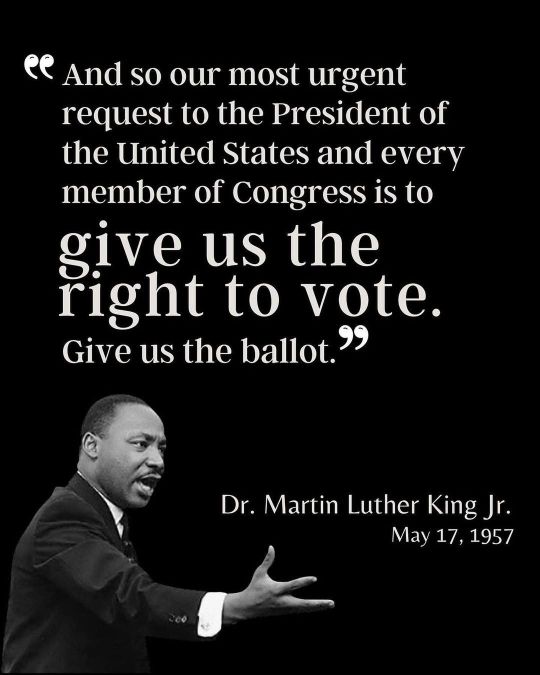
7 notes
·
View notes
Text
Happy birthday to Eartha Kitt !! 💙
Eartha Mae Kitt (January 17, 1927 – December 25, 2008) was an American actress, singer, cabaret star, dancer, stand-up comedienne, activist and voice artist, known for her highly distinctive singing style and her 1953 recordings of "C'est Si Bon" and the enduring Christmas novelty smash "Santa Baby", which were both US Top 10 hits. Orson Welles once called her the "most exciting woman in the world".
Eartha Kitt Paris 1950 ©Robert Doisneau
https://www.facebook.com/TheWorldOfJazz
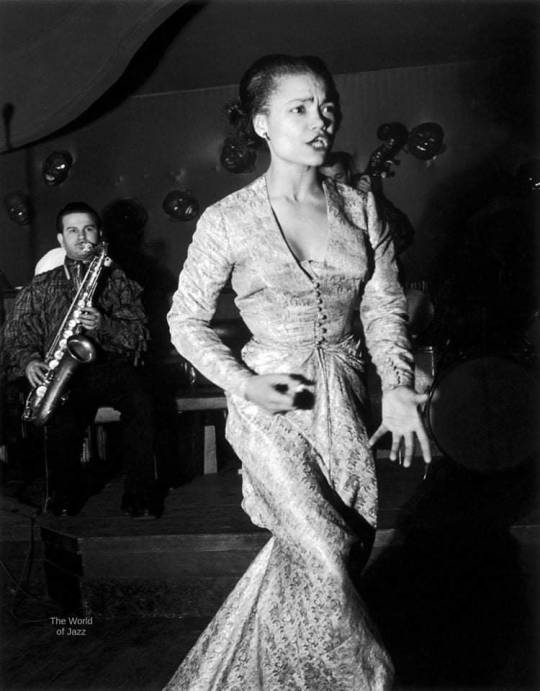
23 notes
·
View notes
Text
One of the most powerful speeches in American history!! Martin Luther King's "Ive been to the mountaintop" it still brings goosebumps till this day!
#martinlutherkingjr#mlkday#mlk#speeches#blackhistory#american history#civil rights movement#civil rights#videos#world history#history
11 notes
·
View notes
Text

[Image Description: It’s a digital painting of Anakin Skywalker and he is depicted as a Black man, referenced off of Kendall Harrison. His dark brown locs are tied back and he is wearing darkly colored robes. He is facing the viewer with a solemn expression, his cybernetic hand pressed to his right eye while a tear tracks down from his left. Red highlights accentuate the shadows. /End ID]
all you ever do is cry
2K notes
·
View notes
Link
0 notes
Link
0 notes
Text
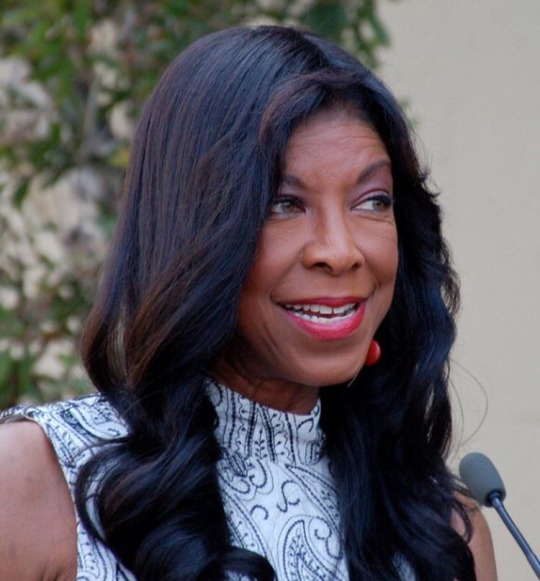
Day 12 of Black History Month and I’m honoring Natalie Cole. She an American singer, songwriter, and actress. Cole was the daughter of American singer and jazz pianist Nat King Cole. She rose to success in the mid-1970s as an R&B singer with the hits: This Will Be, Inseparable, and Our Love. She returned as a pop singer on the 1987 album Everlasting and her cover of Bruce Springsteen's "Pink Cadillac". In the 1990s, she sang traditional pop by her father, resulting in her biggest success, Unforgettable... with Love, which sold over seven million copies and won her seven Grammy Awards. She sold over 30 million records worldwide.
145 notes
·
View notes
Text
#BHM
Edward Bouchet (1852-1918)
Bouchet was the son of a formerly enslaved person who had moved to New Haven, Connecticut. Only three schools there accepted Black students at the time, so Bouchet's educational opportunities were limited. However, he managed to get admitted to Yale and became the first African American to earn a Ph.D. and the sixth American of any race to earn one in physics. Although segregation prevented him from attaining the kind of position he should have been able to get with his outstanding credentials (sixth in his graduating class), he taught for 26 years at the Institute for Colored Youth, serving as an inspiration to generations of young Black people.

#bhm2021#photos#black history#pictures#american history#african american#blackhistory#african american history#education
15 notes
·
View notes
Photo

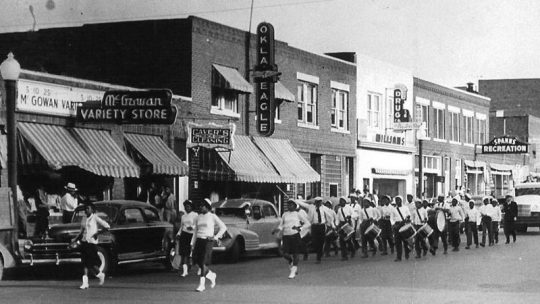




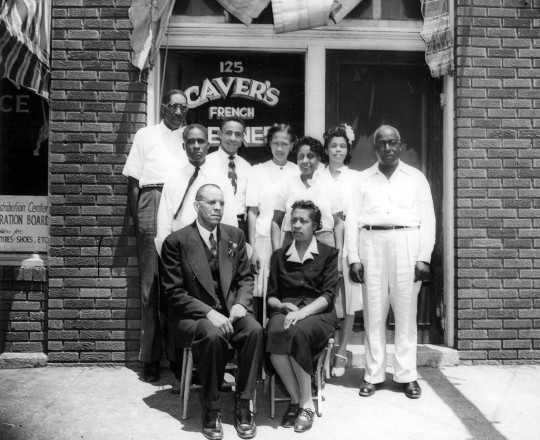
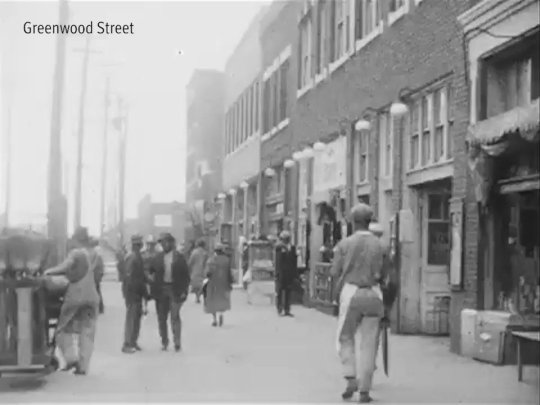
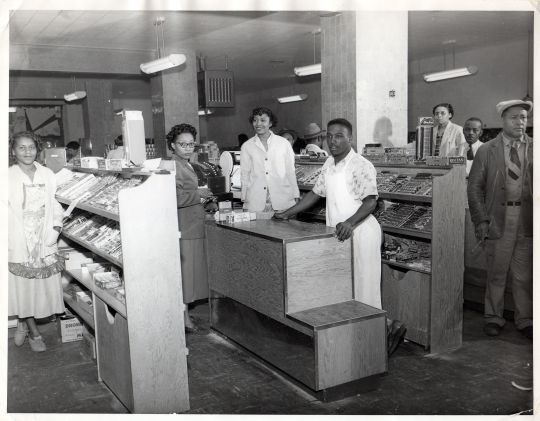

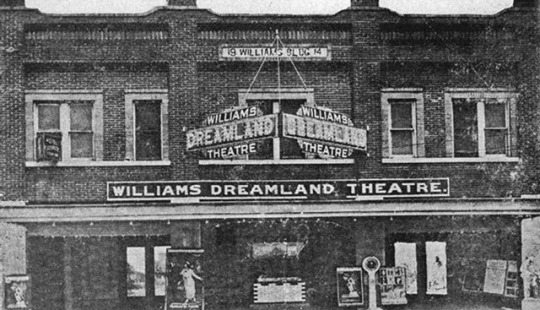



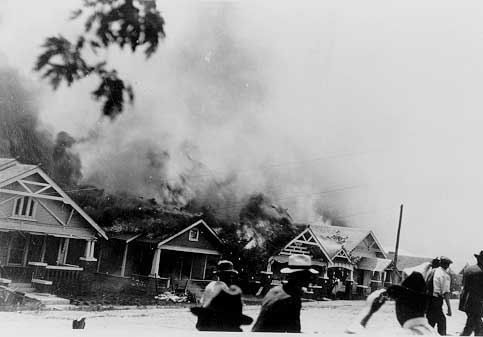

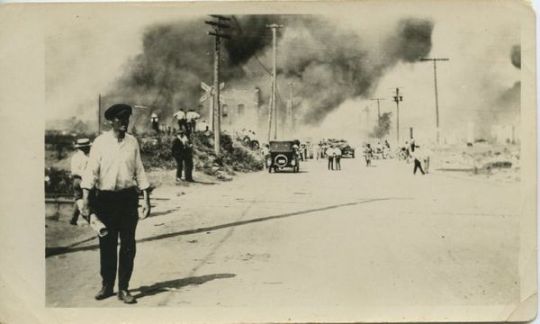
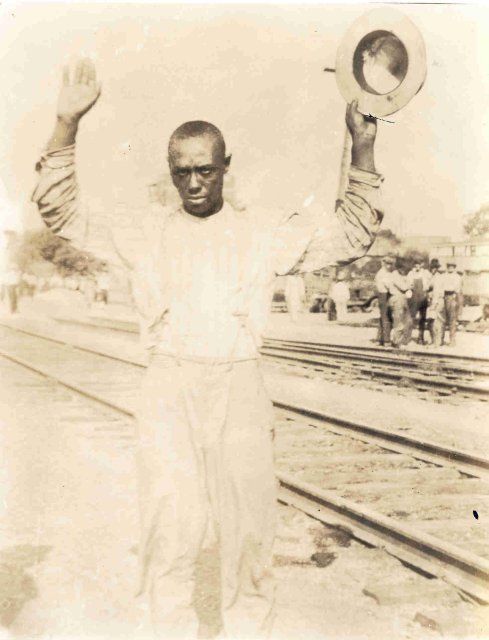
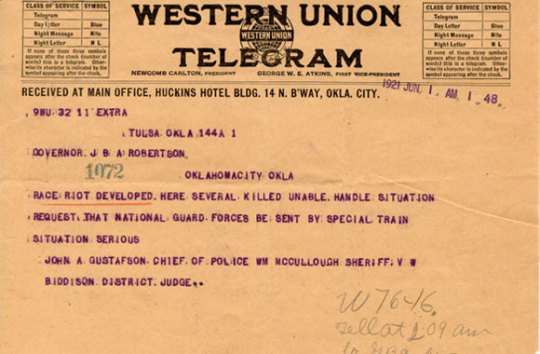
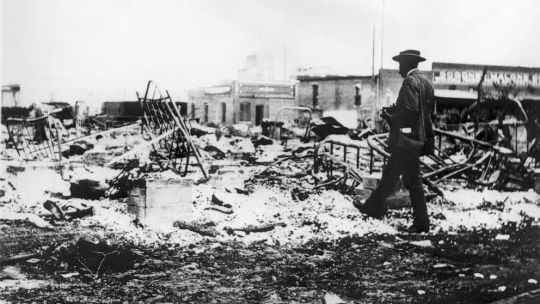


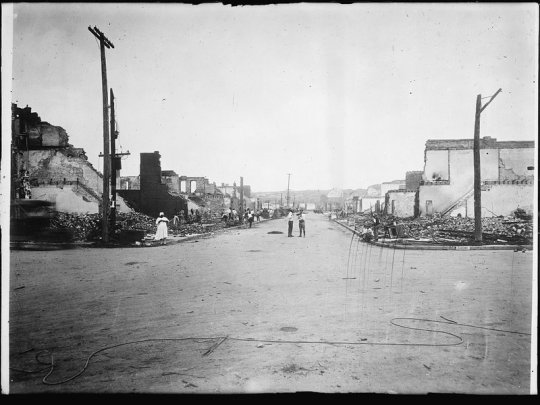

The Tulsa Race Massacre at “Black Wall Street” Took Place 99 Years Ago Today
In the span of about 24 hours between May 31 and June 1, 1921, a white mob descended on Greenwood, a successful Black economic hub in Tulsa, Oklahoma then-known as “Black Wall Street,” and burned it to the ground. Some members of the mob had been deputized and armed by city officials. In what is now known as the “Tulsa Race Massacre,” the mob destroyed 35 square blocks of Greenwood, burning down more than 1,200 black-owned houses, scores of businesses, a school, a hospital, a public library, and a dozen Black churches. The American Red Cross, carrying out relief efforts at the time, said the death toll was around 300, but the exact number remains unknown. A search for mass graves, only undertaken in recent years, has been put on hold due to the Covid-19 pandemic. Those who survived lost their homes, businesses, and livelihoods. Property damage claims from the massacre alone amount to tens of millions in today’s dollars. The massacre’s devastating toll, in terms of lives lost and harms in various ways, can never be fully repaired.
Following the massacre, government and city officials, as well as prominent business leaders, not only failed to invest and rebuild the once thriving Greenwood community, but actively blocked efforts to do so.
No one has ever been held responsible for these crimes, the impacts of which Black Tulsans still feel today. Efforts to secure justice in the courts have failed due to the statute of limitations. Ongoing racial segregation, discriminatory policies, and structural racism have left Black Tulsans, particularly those living in North Tulsa, with a lower quality of life and fewer opportunities.
On the 99th anniversary of the massacre, a movement is growing to urge state and local officials to do what should have been done a long time ago—act to repair the harm, including by providing reparations to the survivors and their descendants, and those feeling the impacts today.
Under international human rights law, governments have an obligation to provide effective remedies for violations of human rights. The fact that a government abdicated its responsibility nearly 100 years ago and continued to do so in subsequent years does not absolve it of that responsibility today—especially when failure to address the harm and related action and inaction results in further harm, as it has in Tulsa. Like so many other places across the United States marred by similar incidents of racial violence, these harms stem from the legacy of slavery.
There are practical limits to how long, or through how many generations, such claims should survive. However, Human Rights Watch supports the conclusion of the Oklahoma Commission to Study the Tulsa Race Riot of 1921 (recently renamed the Tulsa Race Massacre Commission)—a commission created by the Oklahoma state legislature in 1997 to study the massacre and make recommendations—that reparations should be made.
Read more
Some historians call this the “Tulsa Race Riot.” It was not a riot; it was a massacre strictly towards Black people. Calling it a “riot” takes the accountability off of white people and remixing their history…as usual. It was an ethnic cleansing at the hands of angry white mobs who took their asses over there to the Greenwood District to shoot and drop bombs (provided to them by government officials) on Black victims. They hated the existence of Black people succeeding, happy, minding their damn business, solely supporting Black businesses, and displaying economic growth that they couldn’t get their hands in. Still do.
The rest of that article above goes into extensive detail on the need for reparations and the aftermath (education, health, redlining, etc) for Black Tulsans now.
The video below from Vox goes into details “Black Wall Street” before the ethnic cleansing with footage included from that time, as well as the massacre itself and the aftermath. For example, white people distributed photo postcards of the ethnic cleansing as souvenirs:
youtube
Dr. Olivia Hooker was the last survivor of the Tulsa Race Massacre. She passed away in 2018 at the age of 103. She was a professor and psychologist for children. How interesting. Seeing something so traumatic done to your people as a child and dealing with PTSD to then go on and treat children. This was her:


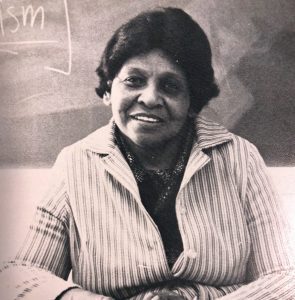

22K notes
·
View notes
Photo

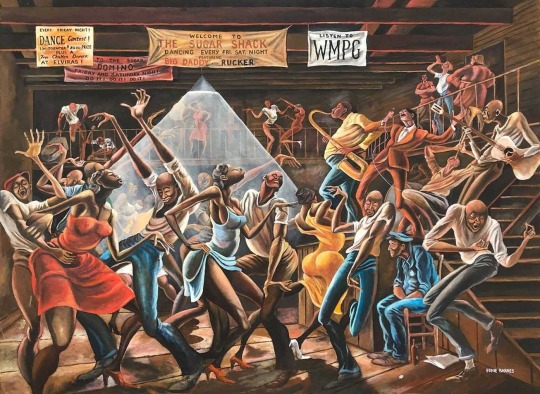
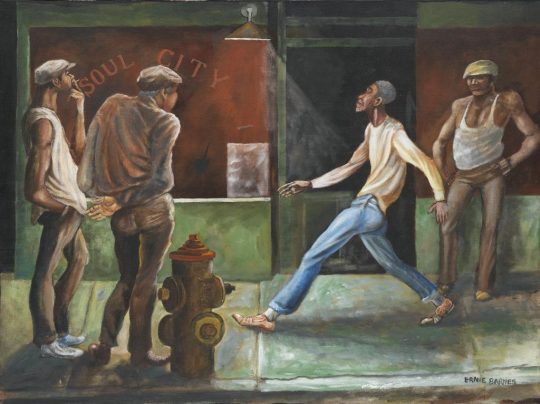
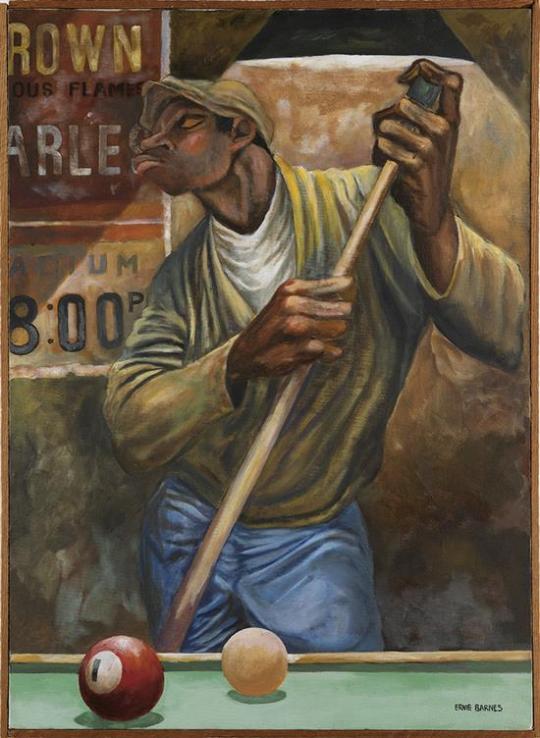


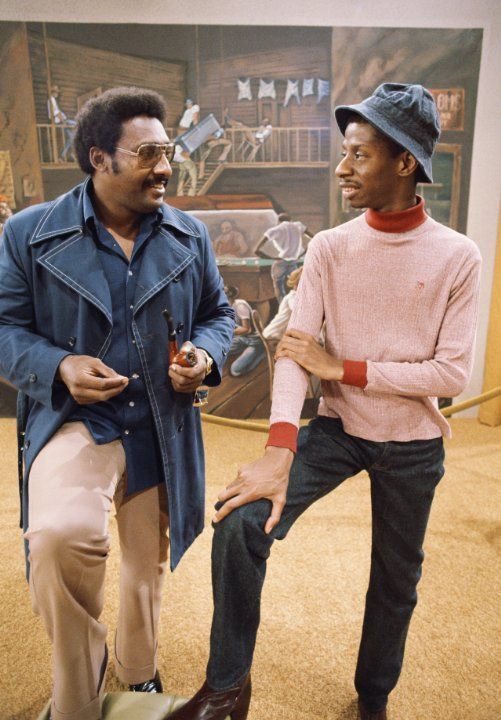

The Late, Great and Legendary Ernie Barnes. 1938-2009
Ernest Barnes Jr. was born during the Jim Crow era in “the bottom” community of Durham, North Carolina, near the Hayti District of the city. He had a younger brother, James (b. 1942), as well as a half-brother, Benjamin B. Rogers Jr. (1920–1970). Ernest Jr. was nicknamed “June”. His father, Ernest E. Barnes Sr. ( –1966), worked as a shipping clerk for Liggett Myers Tobacco Company. His mother, Fannie Mae Geer (1905–2004), oversaw the household staff for a prominent Durham attorney and local Board of Education member, Frank L. Fuller Jr.
On days when Fannie allowed “June” (Barnes’ nickname to family and childhood friends) to accompany her to work, Mr. Fuller encouraged him to peruse the art books and listen to classical music. The young Ernest was intrigued and captivated by the works of master artists. By the time Barnes entered the first grade, he was familiar with the works of such masters as Toulouse-Lautrec, Delacroix, Rubens and Michelangelo. When he entered junior high school, he could appreciate, as well as decode, many of the cherished masterpieces within the walls of mainstream museums – although it would be many more years before he was allowed entrance because of segregation….
Barnes credits his college art instructor Ed Wilson for laying the foundation for his development as an artist. Wilson was a sculptor who instructed Barnes to paint from his own life experiences. “He made me conscious of the fact that the artist who is useful to America is one who studies his own life and records it through the medium of art, manners and customs of his own experiences.”…..
Throughout the Good Times television series (1974–79) most of the paintings by the character J.J. are works by Ernie Barnes. However a few images, including “Black Jesus” in the first season (1974), were not painted by Barnes. The Sugar Shack made its debut on the show’s fourth season (1976–77) during the opening and closing credits. In the fifth season (1977–78) The Sugar Shack was only used in the closing credits for five early episodes during that season. In the sixth season (1978–79), The Sugar Shack was only used in opening credits for the first eight episodes and in the closing credits for five early episodes during that season. In the fifth and sixth seasons (1977–79), The Sugar Shack appears in the background of the Evans family apartment. Barnes had a bit part on two episodes of Good Times: The Houseguest (February 18, 1975) and Sweet Daddy Williams (January 20, 1976).
Barnes’ artwork was also used on many television series, including Columbo, The White Shadow, Dream On, The Hughleys, The Wayans Bros., Wife Swap, and Soul Food, and in the movies Drumline and Boyz n the Hood……..
Barnes passed away on Monday evening, April 27, 2009 at Cedars Sinai Hospital in Los Angeles, California from myeloid leukemia. He was cremated and his ashes were scattered in two places: at his hometown Durham, North Carolina, near the site of where his family home once stood, and at the beach in Carmel, California, one of his favorite cities.
Legend.
31K notes
·
View notes
Photo
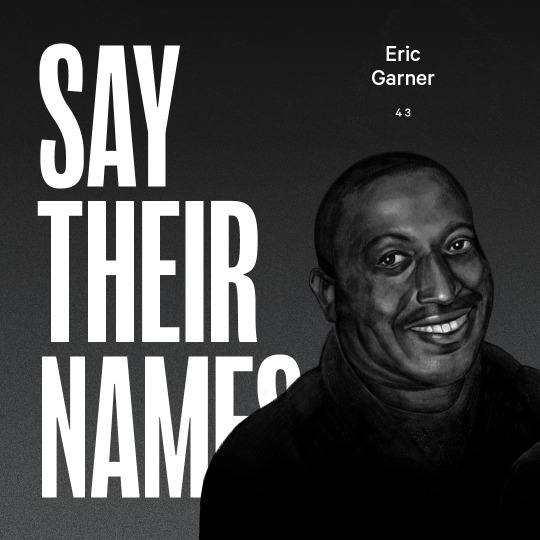
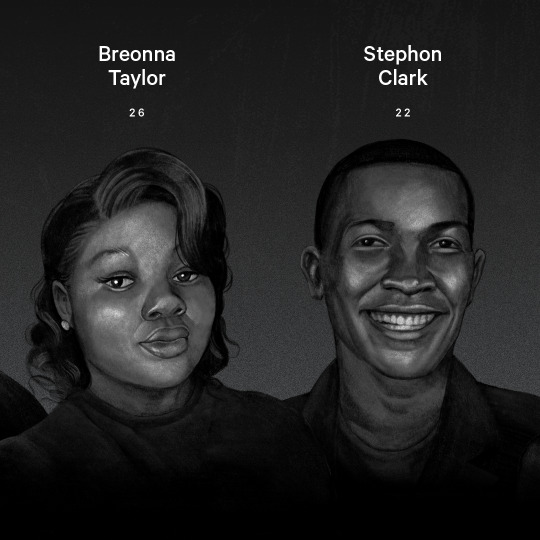
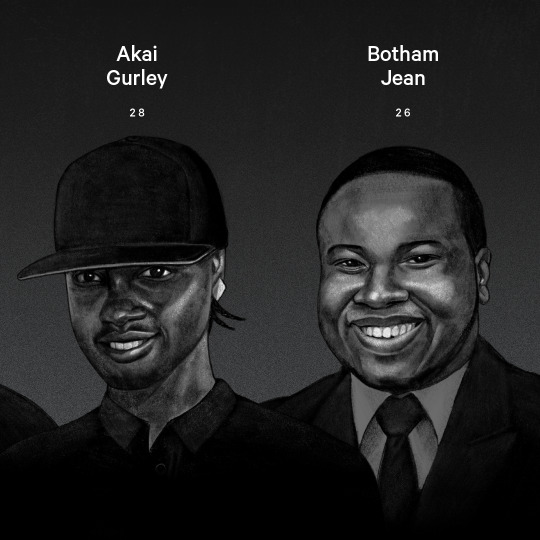
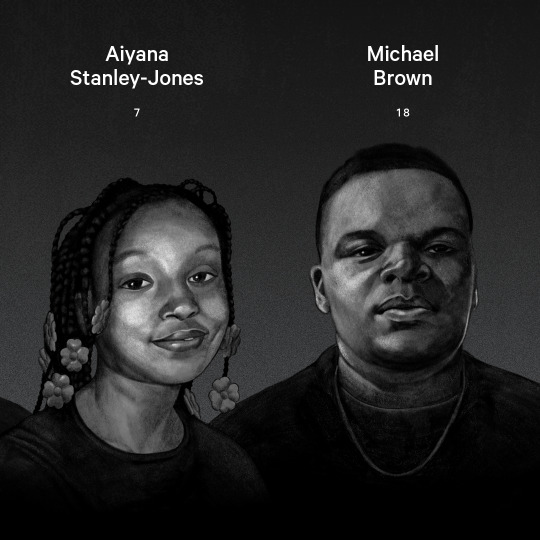
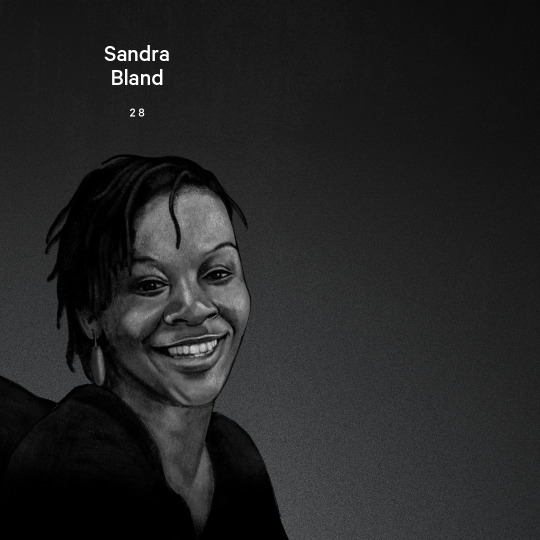
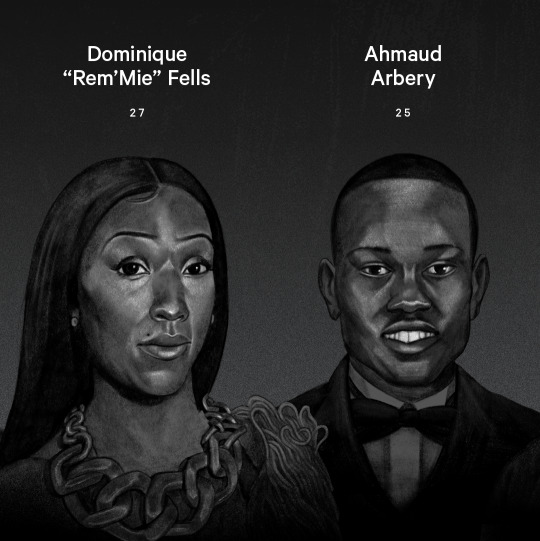
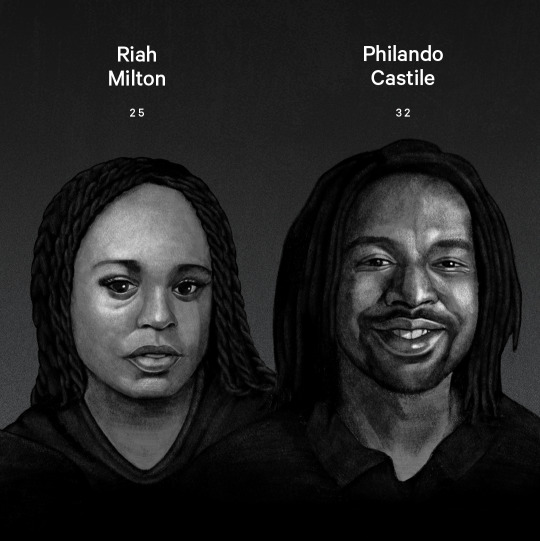
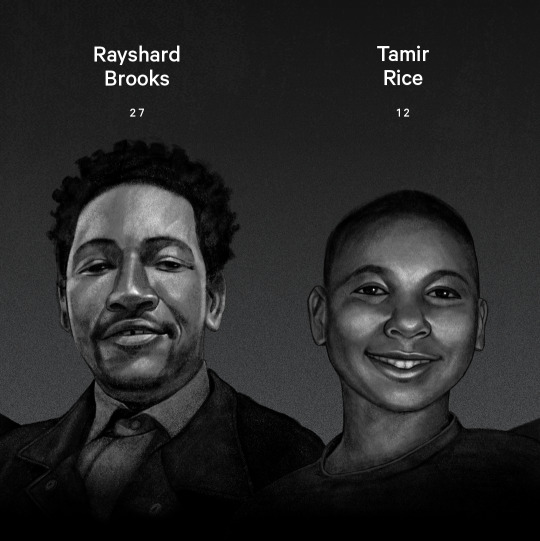
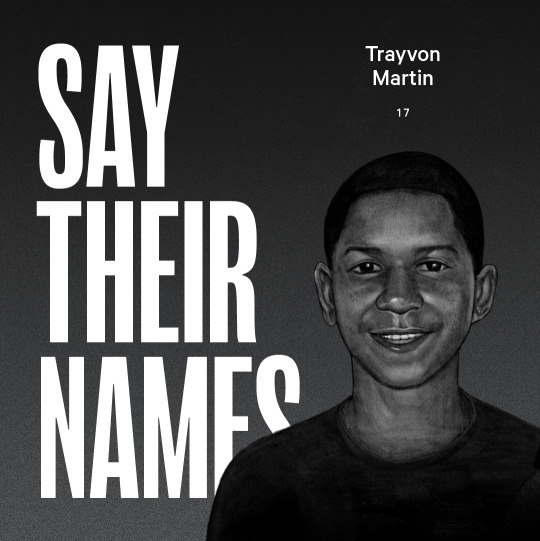
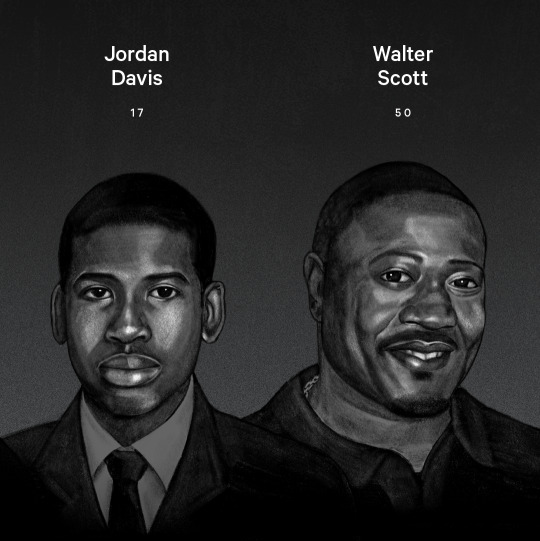
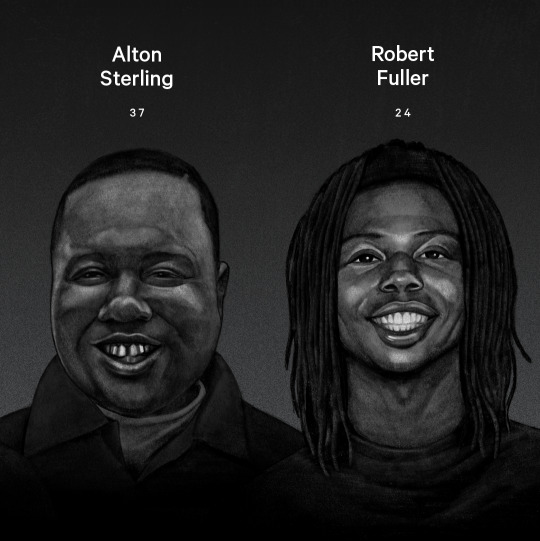
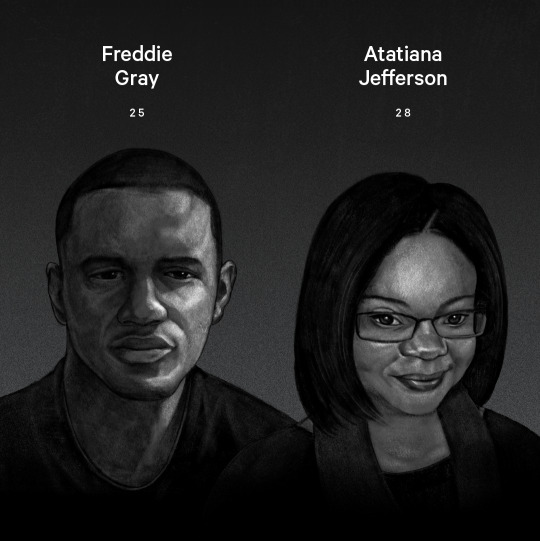
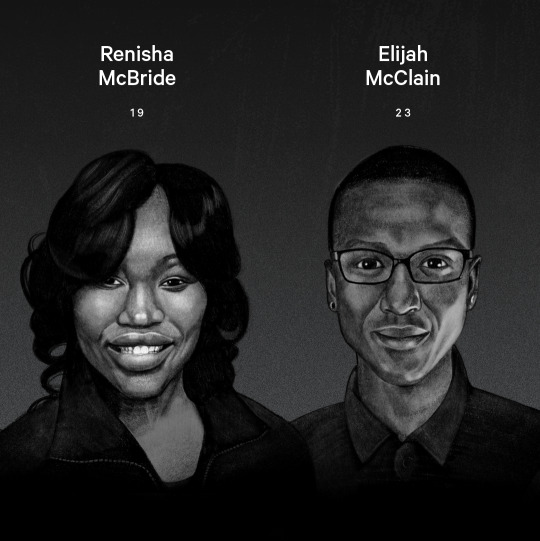
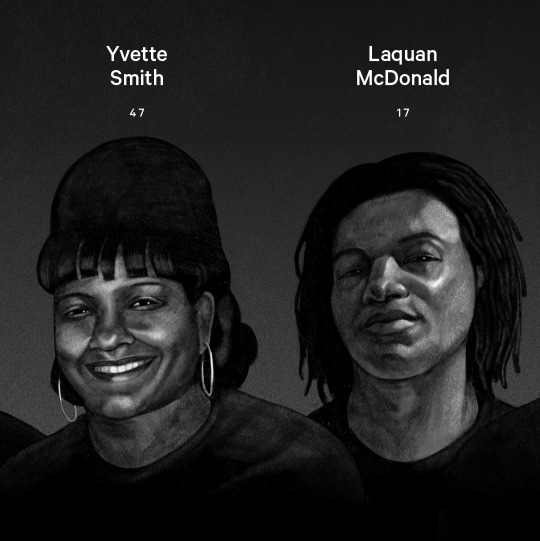
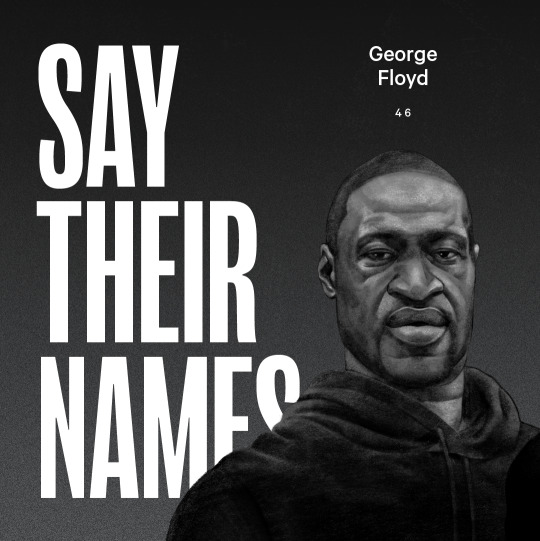
‘Race and racism is a reality that so many of us grow up learning to just deal with. But if we ever hope to move past it, it can’t just be on people of color to deal with it. It’s up to all of us – Black, white, everyone – no matter how well-meaning we think we might be, to do the honest, uncomfortable work of rooting it out. It starts with self-examination and listening to those whose lives are different from our own. It ends with justice, compassion, and empathy that manifests in our lives and on our streets.’ — Michelle Obama
144K notes
·
View notes
Text
#BHM
Huey P. Newton
(1942- 1989)
Huey Percy Newton was born in Monroe, Louisiana. His parents moved to Oakland, California during Newton’s childhood. He graduated from high school without having acquired literacy, but he later taught himself to read. He attended a variety of schools including Merritt College before eventually earning a Bachelor’s degree and a Ph.D. from the University of California at Santa Cruz. During his tenure at Merritt College, Newton joined the Afro-American Association and helped get the first African American History course adopted into the college’s curriculum. Soon after, in October 1966, he and Bobby Seale founded the Black Panther Party for Self Defense (BPP). They decided that Seale would be the Chairman and Newton would be the Minister of Defense. Many of the Party’s principles were inspired by Malcolm X and his views. The Party believed that in the Black struggle for justice, violence (or the potential of violence) may be necessary.
The Black Panther Party, under the leadership of Newton, gained international support. This was most demonstrated when Newton was invited to visit China in 1970. He was welcomed enthusiastically by large crowds holding up copies of Quotations from Chairman Mao Tse-tung as well as signs supporting the BPP and criticizing U.S. imperialism.
After returning to the United States, Newton was tried for a variety of violent offenses such as assault and multiple murders. These charges resulted in him fleeing to Havana, Cuba to escape prosecution for three years. Upon his return, he stood trials for one more assault and murder and was acquitted of both charges. Compounding these challenges was the split that developed between Newton and Eldridge Cleaver in early 1971 over the primary function of the Party. Newton wanted the party to focus on serving African American communities while Cleaver thought the focus should be on building relationships with international revolutionary movements. This rift resulted in violence between the factions and the deaths of several BPP members.
In 1989, Newton was fatally shot in West Oakland by a member of the Black Guerilla Family and drug dealer named Tyrone Robinson. Relations between the Black Panther Party and the Black Guerilla Family had been strained for nearly twenty years prior to this incident. The murder occurred after Newton left a crack house in a neighborhood where Newton had once organized social programs. Newton’s last words were, “You can kill my body, and you can take my life but you can never kill my soul. My soul will live forever!” Robinson then shot Newton twice in the face. Newton is buried at Evergreen Cemetery in Oakland. Robinson was convicted of murder in 1991 and was sentenced to 32 years to life in prison.
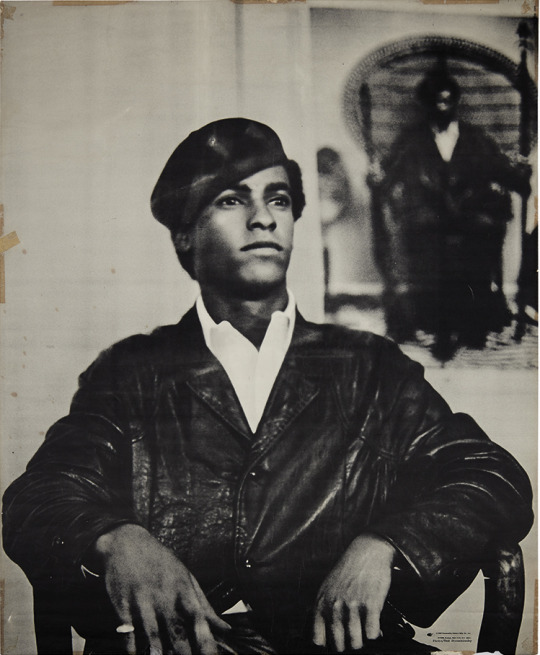
#photos#black history#pictures#american history#african american#blackhistory#african american history#huey p. newton#black panthers
22 notes
·
View notes